Rattlesnake round-ups are a controversial practice in parts of the United States, particularly in the South. It might just be one of the most cruel contests in the world, as thousands of innocent rattlesnakes are inhumanely killed for entertainment.
What Is a Rattlesnake Round-Up?

Rattlesnake round-ups are events where participants gather to hunt and kill rattlesnakes. These gatherings often turn into festivals, featuring activities like snake handling, demonstrations, and even cooking the snakes.
Originating as a means to control rattlesnake populations, these events have evolved into social gatherings, attracting thousands of visitors. Although tradition, the practice is inhumane and ecologically damaging.
The History of This Southern Tradition
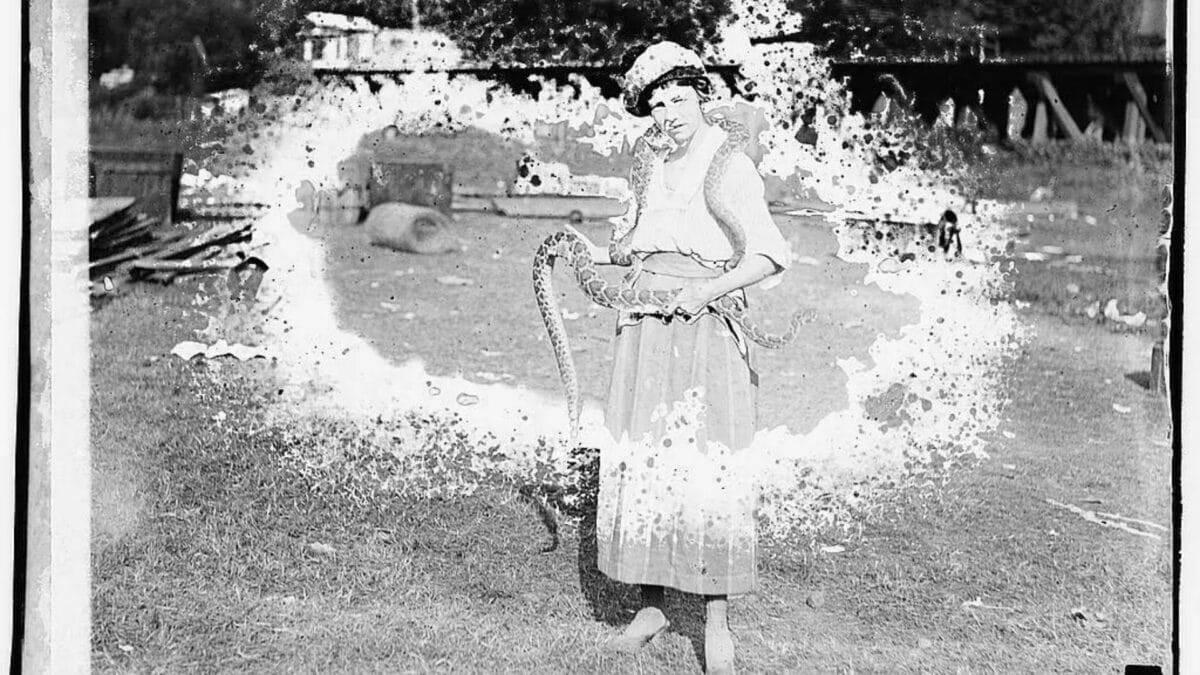
This tradition dates back to the mid-20th century, rooted in rural Southern culture as a way to address the perceived threat of rattlesnakes to livestock and humans. Initially small, community-driven efforts, these round-ups have grown into massive and commercialized events.
These events reflect a disturbing aspect of cultural heritage, where entertainment is derived from the immoral killing of wildlife.
How the Rattlesnakes Are Killed

During these events, rattlesnakes are often hunted using gasoline to flush them out, a method that is both incredibly cruel and harmful to the environment. Once captured, the snakes are typically killed by decapitation.
Moreover, the use of gasoline can contaminate local ecosystems, impacting other species as well.
A Rattlesnake Can Live Without Its Head
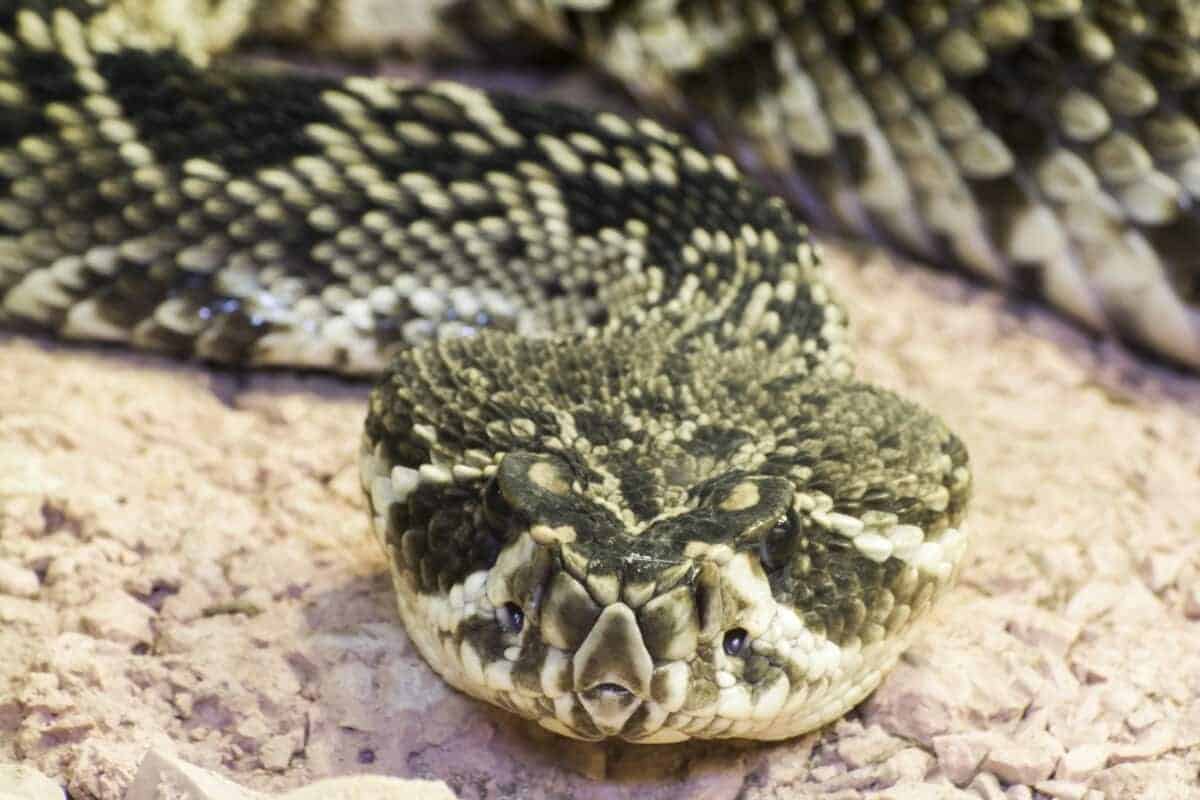
Remarkably, a rattlesnake can survive for a short period, even after decapitation. The snake’s head can still exhibit reflex actions, including biting, due to the lingering neural activity.
Rattlesnakes Rattle to Show Fear
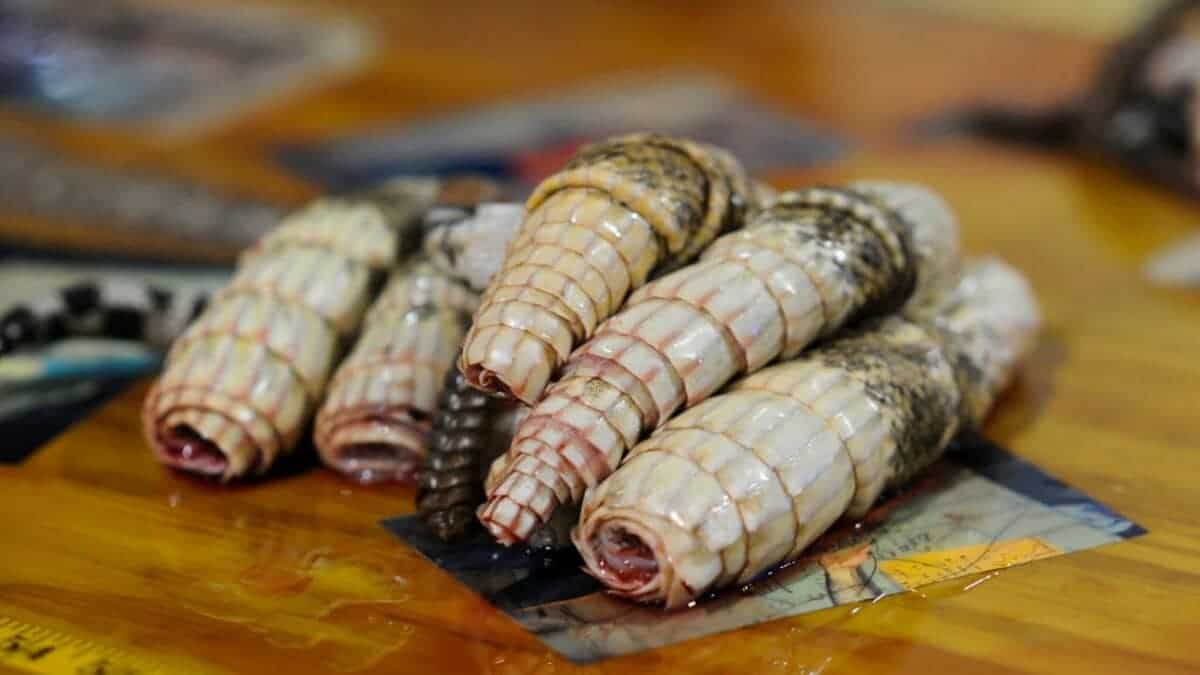
Contrary to popular belief, rattlesnakes rattle not as a sign of aggression but as a warning out of fear. This behavior is a defensive mechanism to deter potential threats. Understanding this aspect of rattlesnake behavior is crucial in dispelling myths and fostering a more informed approach to their treatment.
Footage from these round-ups shows hundreds of rattlesnakes simultaneously rattling their tails, which we can’t interpret in any other way than a desperate call for help.
Organizers Hide Behind the Excuse of Anti-Venom
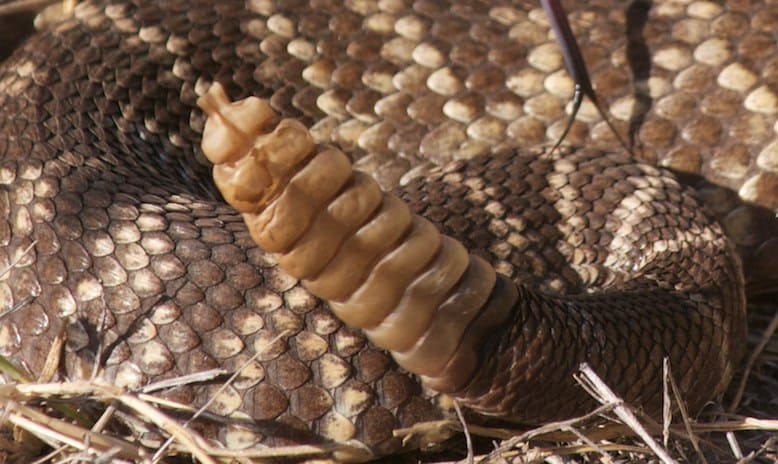
Organizers of rattlesnake round-ups often justify these events by claiming they are crucial for producing antivenom.
However, modern antivenom production typically does not rely on venom extracted from wild snake populations. Moreover, the methods used in round-ups, such as the use of gasoline to flush out snakes, can contaminate the venom, rendering it unsuitable for medical use.
The Cruel Practice of Rattlesnake Round-Ups: Conclusion
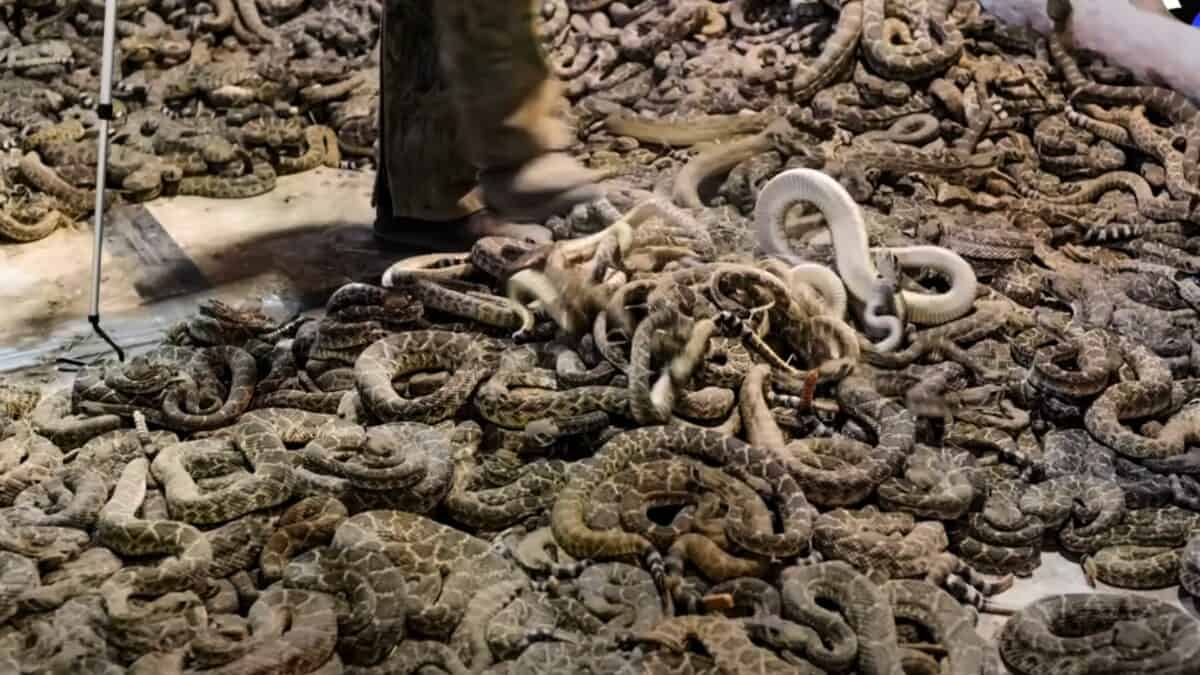
Rattlesnake round-ups, steeped in tradition and controversy, pose significant ethical and ecological challenges. Educating the public about the cruelty of the practice and the ecological harm it causes is the first step in saving thousands of rattlesnakes from an inhumane death.
Thank you for reading this article about the tradition of rattlesnake round-ups! To learn more about these reptiles, take a look here:
What is a Rattlesnake?

A rattlesnake is a venomous snake known for the distinctive rattle on its tail, which it uses as a warning signal to potential threats.
How Many Species of Rattlesnakes Are There?

There are about 36 known species of rattlesnakes, all native to the Americas.
How Do Rattlesnakes Hunt?

Rattlesnakes are ambush predators, waiting for their prey to come close before striking quickly with their venomous fangs.
How Do Rattlesnakes Reproduce?

Rattlesnakes give birth to live young rather than laying eggs. The young are born fully developed and ready to hunt on their own.
What is the Lifespan of a Rattlesnake?

Rattlesnakes typically live between 10 to 25 years in the wild, depending on the species and environmental conditions.
How Dangerous Are Rattlesnakes to Humans?

While rattlesnake bites can be serious and require medical attention, they are rarely fatal to humans, thanks to modern medical treatments.
How Can You Avoid Rattlesnake Bites?

To avoid rattlesnake bites, be cautious in their habitats, watch where you step, do not reach into hidden areas, and give them space if encountered.
What Should You Do If Bitten by a Rattlesnake?
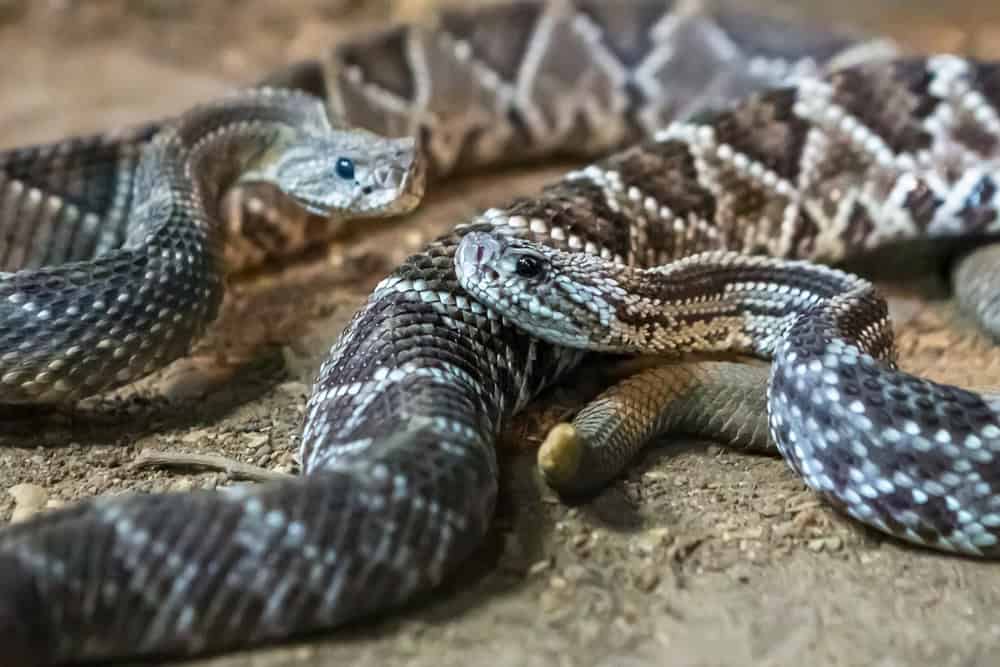
If bitten by a rattlesnake, seek immediate medical attention. Keep calm, immobilize the affected limb, and avoid consuming alcohol or caffeine.
How Do Rattlesnakes Contribute to the Ecosystem?
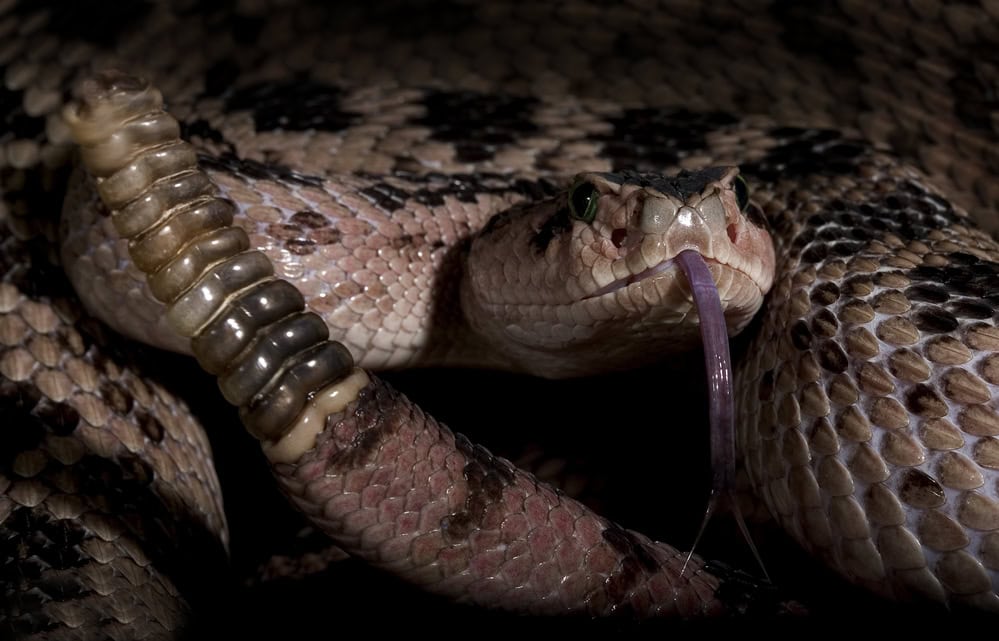
Rattlesnakes play a crucial role in controlling rodent populations, which helps maintain a balanced ecosystem.
What Are the Signs of a Rattlesnake Presence?

Common signs include the distinctive rattling sound, shed snake skins, and sightings of the snakes themselves, often sunbathing on rocks or trails.
How Are Rattlesnakes Adapted to Their Environment?

Rattlesnakes have heat-sensing pits on their faces to detect warm-blooded prey, camouflage coloration to blend into their surroundings, and a keen sense of smell.
Are Rattlesnakes Endangered?
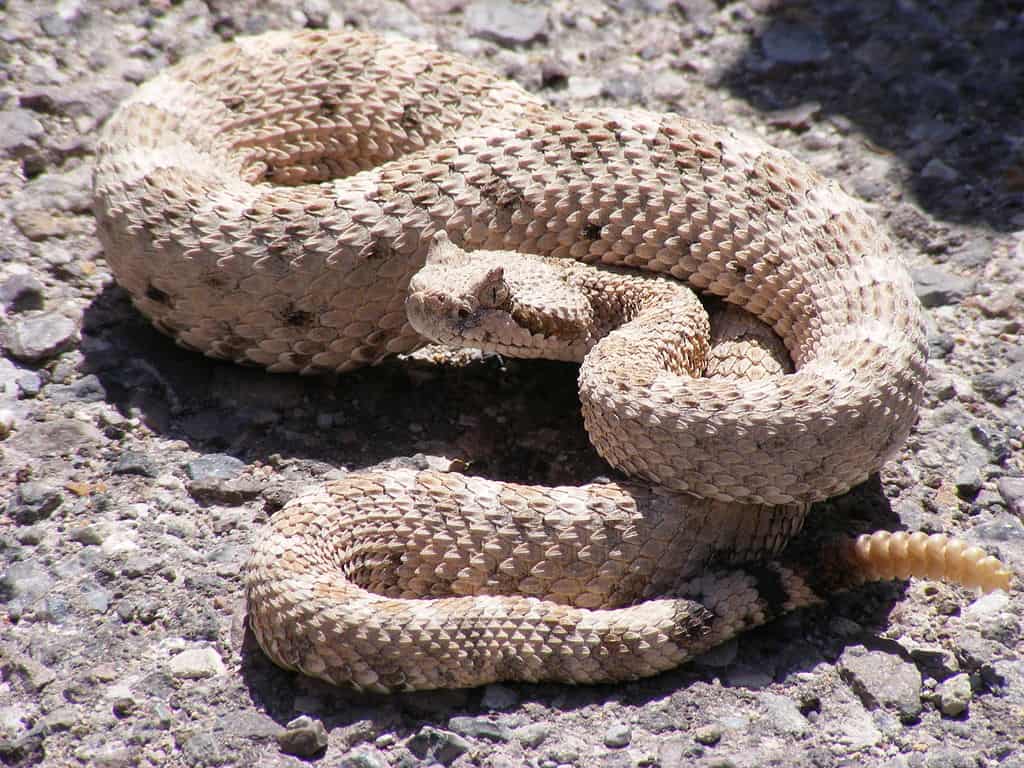
While not all species are endangered, habitat loss and human activities pose threats to certain rattlesnake populations. Conservation efforts are essential to protect these species.
- Rare Encounter: Watch the Record-Breaking Giant Timber Rattlesnake in Action
- Largest Mojave Rattlesnake Ever Recorded
Join our Forum for free today!

- Colorado Elk Stuck Inside Tire for Years Becomes Free at Last - June 26, 2024
- Baby Alligators - June 26, 2024
- Chihuahua Police Dog Dies of Heartbreak on the Same Day as Its Partner In Crime - June 26, 2024

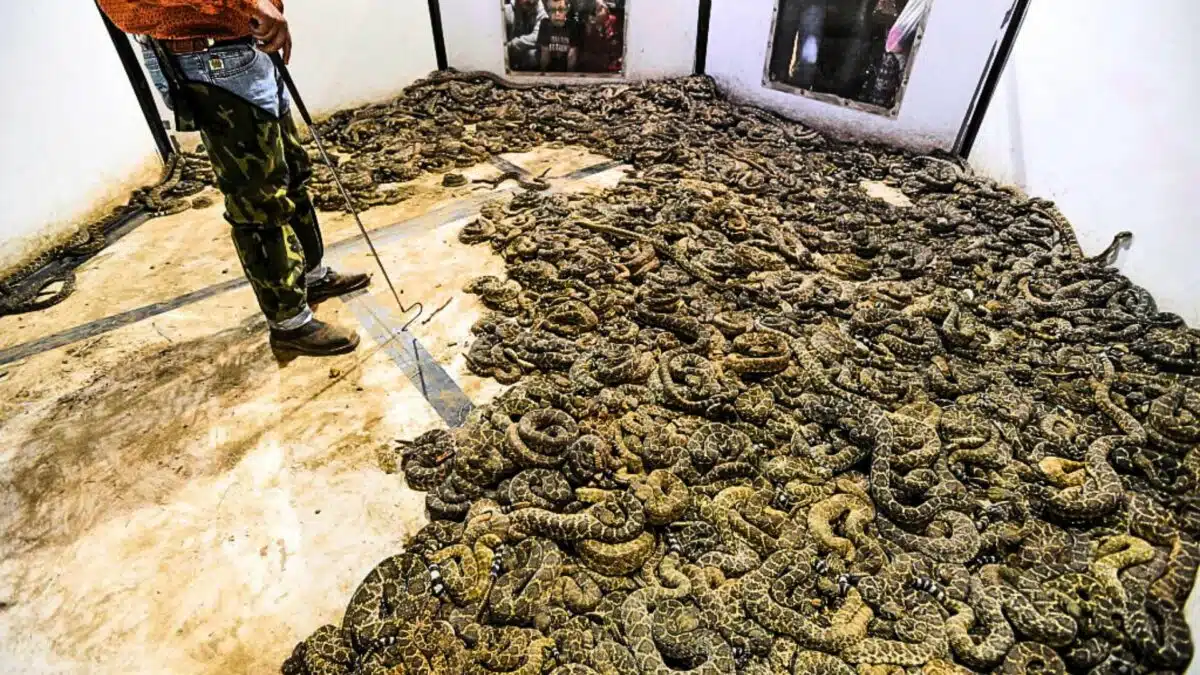

I.
Wednesday 10th of April 2024
The most ignorant and dangerous species on Earth is the homosapien.
Karl Wright
Monday 8th of April 2024
Kill every snake they want to they are Satan's kids
I.
Wednesday 10th of April 2024
@Karl Wright, Are you deranged?
Saturday 30th of March 2024
This needs to stop it is atrocious they are not for our recreation
IQ! B.S.
Saturday 23rd of March 2024
I guess hurting innocent blacks is humane! Go figure! What a joke !